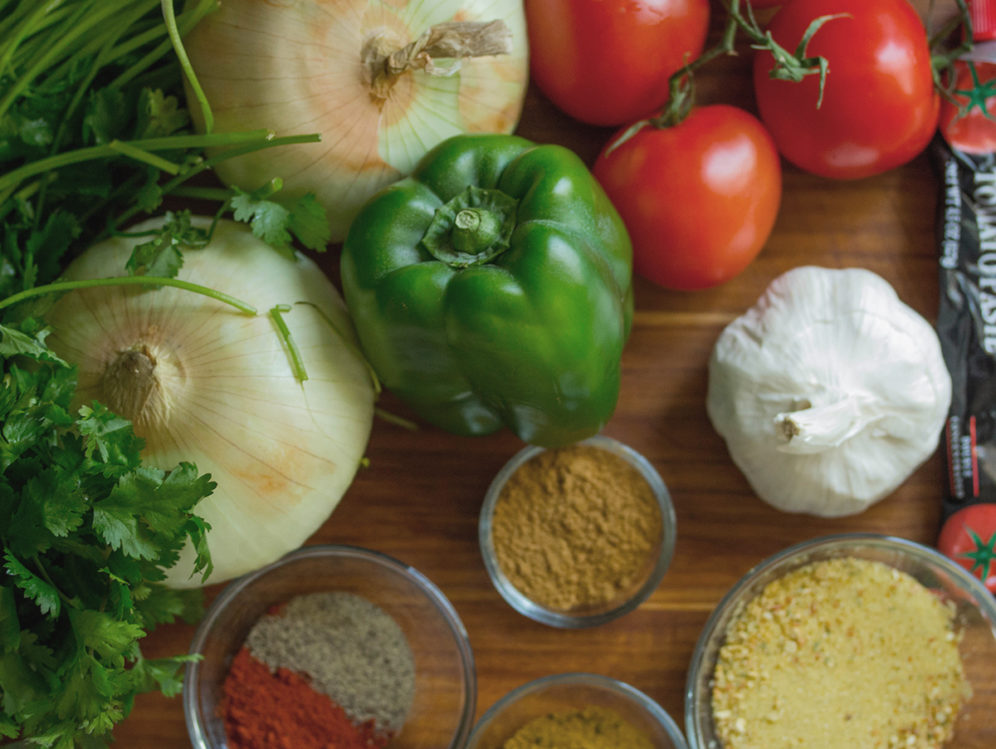I have been doing a lot of work with the FODMAP diet recently. Many of my patients have been following this diet with great success. I had one patient that recently was placed on the diet and within 2 weeks her symptoms were completely resolved. It is not a weight loss diet, or a new diet fad that will be here and gone in few months. This is a diet that can help someone who suffers from IBS or was diagnosed with Small Intestine Bacterial Overgrowth determine what there body is unable to tolerate.
IBS affects up to 1 in 5 Americans. It is characterized by abdominal pain, gas, bloating and change in bowel habits ranging from diarrhea to constipation. The low FODMAP diet has been trialed and shown to improve IBS symptoms. This diet first emerged in 1999 when Dr. Sue Shepard saw through research and testing a pioneering way to help IBS sufferers. Dr.Shepard discovered that a diet high in FODMAPS could actually be causing some of the symptoms that these patients were reporting.
FODMAPS are sugars and sugar alcohols that are found in a variety of foods including fruits, vegetables and grains. These sugars in a person who is unable to process them are poorly absorbed and pass through the small intestine into the colon where they are fermented upon by bacteria. This releases gas and causes stretching of the bowel causing bloating, wind and pain. They also can cause water to enter the colon resulting in watery loose stool or diarrhea.
Research has shown that people who are sensitive to FODMAPS and IBS sufferers react to the presence of FODMAPS, causing bloating, wind, pain and diarrhea. Reducing the intake of high FODMAP foods has been shown to decrease these symptoms in sensitive and IBS patients.
These sugars and sugar alcohols are found in the list below;
Excess Fructose: Honey, Apples, Mango, Pear, Watermelon, High Fructose Corn Syrup,
Fructans: Artichokes (Globe), Artichokes(Jerusalem), Garlic, Leek, Onion (brown, white, Spanish, onion powder), Spring Onion (white part), Shallots, Wheat, Rye, Barley, Inulin, Fructo-oligosaccharides.
Lactose: Milk, icecream, custard, dairy desserts, condensed and evaporated milk, milk powder, yoghurt, soft unripened cheeses (eg. ricotta, cottage, cream, marscarpone).
Galacto-Oligosaccharides (GOS): Legume beans (eg. baked beans, kidney beans, bortolotti beans), Lentils, Chickpeas
Polyols: Apples, Apricots, Avocado, Cherries, Nectarines, Pears, Plums, Prunes, Mushrooms, sorbitol, mannitol, xylitol, maltitol and isomalt.
The low FODMAP diet is not only about avoiding the foods in its original state listed above, it is also about understanding where these foods are found in your diet. I can explain to my patient that they are unable to have garlic or onion but it is much more than that. Labels have to be read if garlic or onion is on the label (as well as other items that might affect them) than they will have to forgo getting that item. Eating out becomes difficult as you become the person who ask your waiter or waitress a barrage of questions, sometimes annoying your fellow guests or the waiter himself.
No, this diet is not for someone who is not willing to put in some work. It is difficult and can feel limiting at times. Good news is it’s not forever! The “diet” or elimination phase lasts not longer than 4-6 weeks. After the 4-6 week period, patients are then introduced to the challenge phase.
During this phase I sit with patients and discuss how we are going to be slowly introducing some of these items back in. When we are at this phase I normally see smiles on faces as we tick away at items tolerated or not tolerated, getting that much closer to the truth.
I have seen this diet help patients who felt that they had no way to help alleviate symptoms.
Want to learn more about FODMAPS come see us at ADAMS this Sunday February 7th at 1pm for an afternoon discussing the FODMAP diet. I will be doing a good demonstration and showcasing some FODMAP friendly Super Bowl recipes.
Is a Low FODMAP Diet for You?


